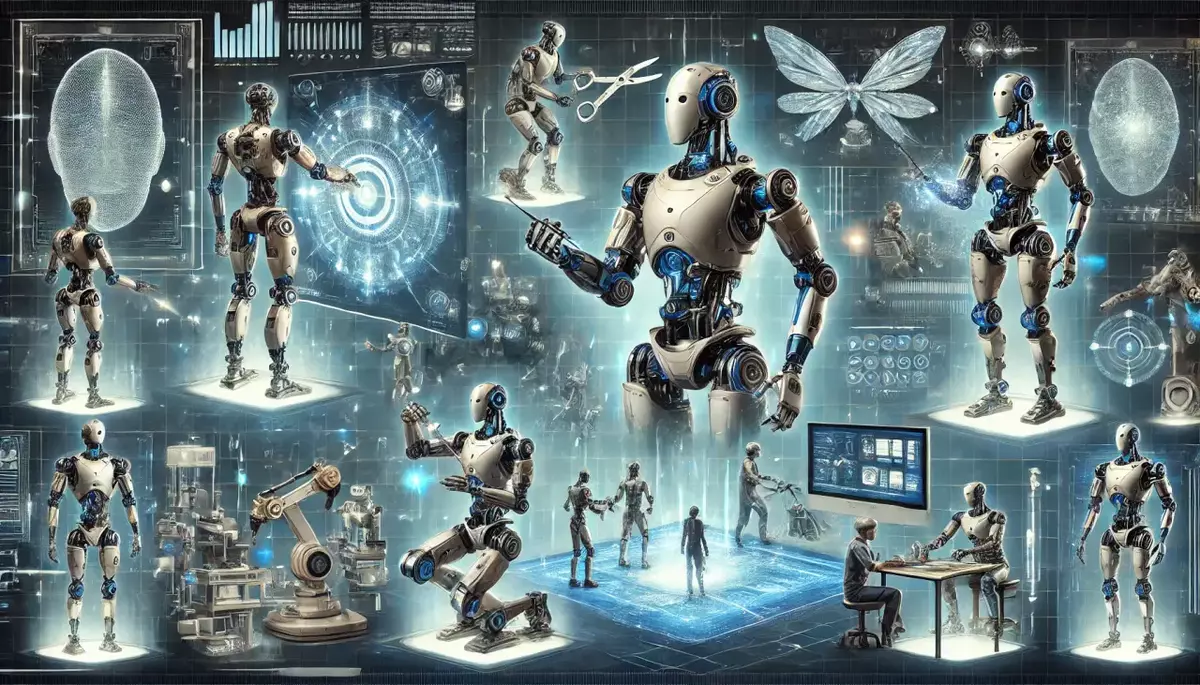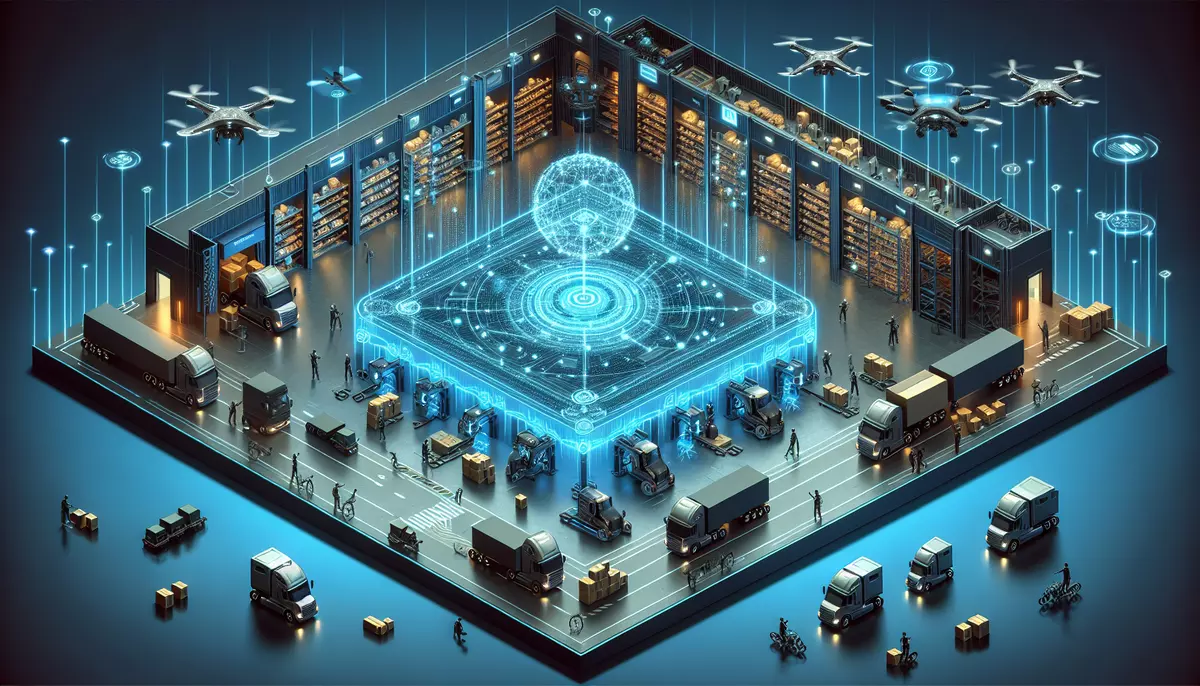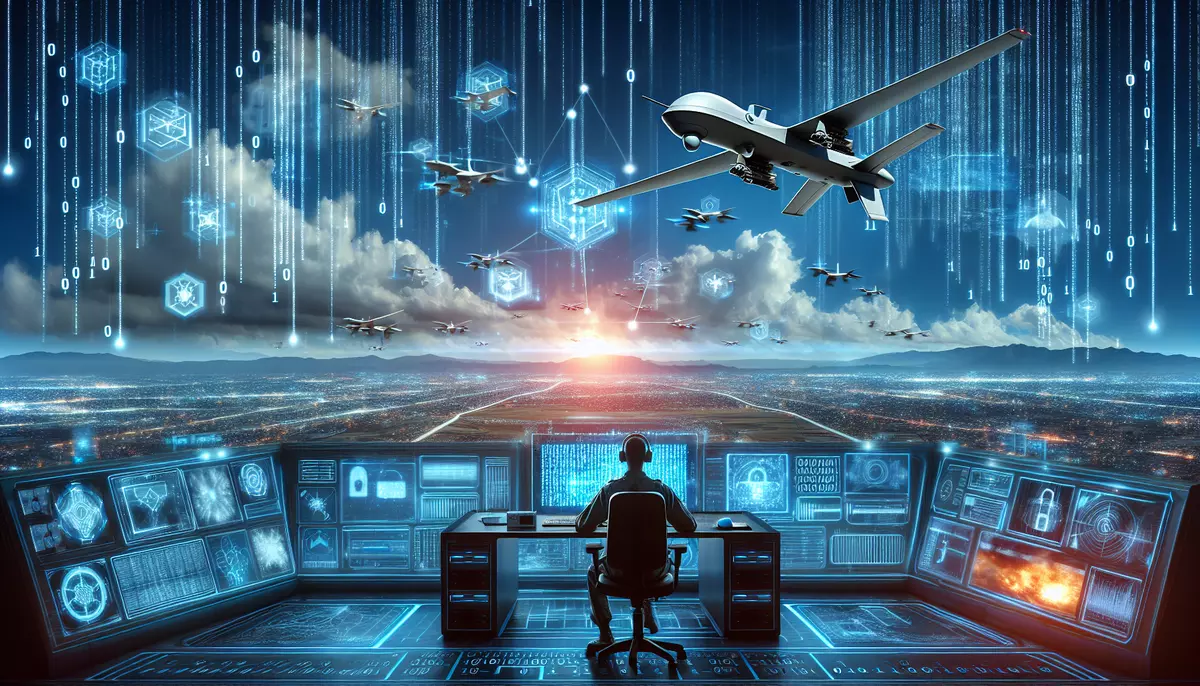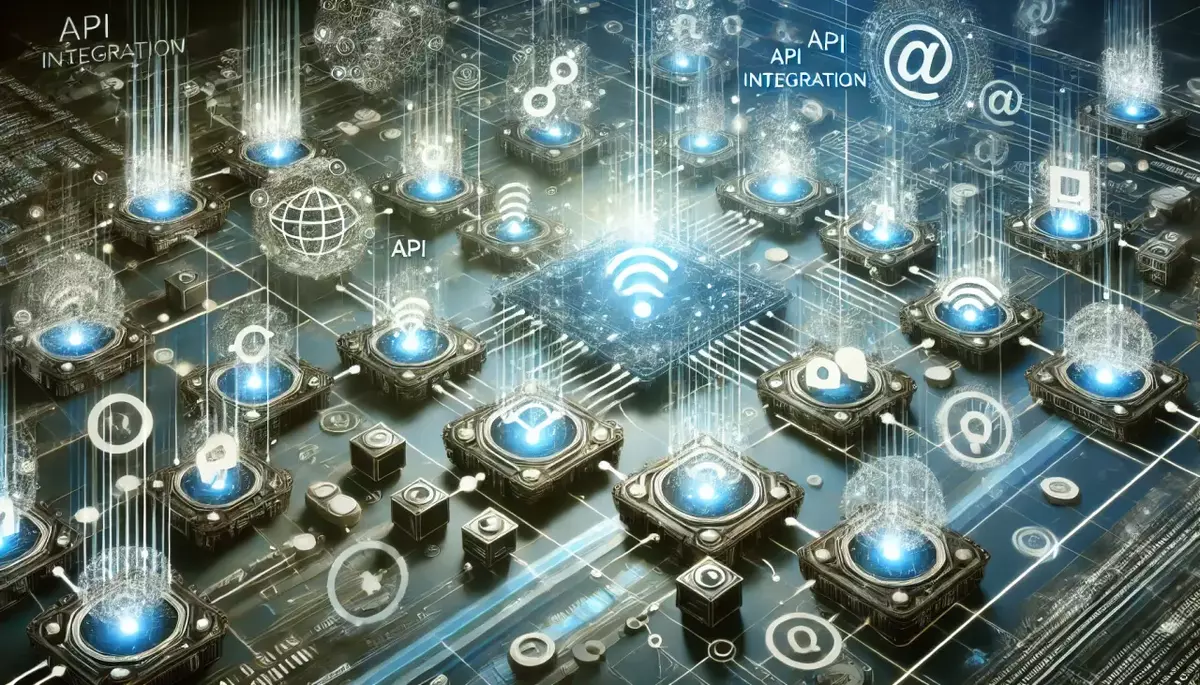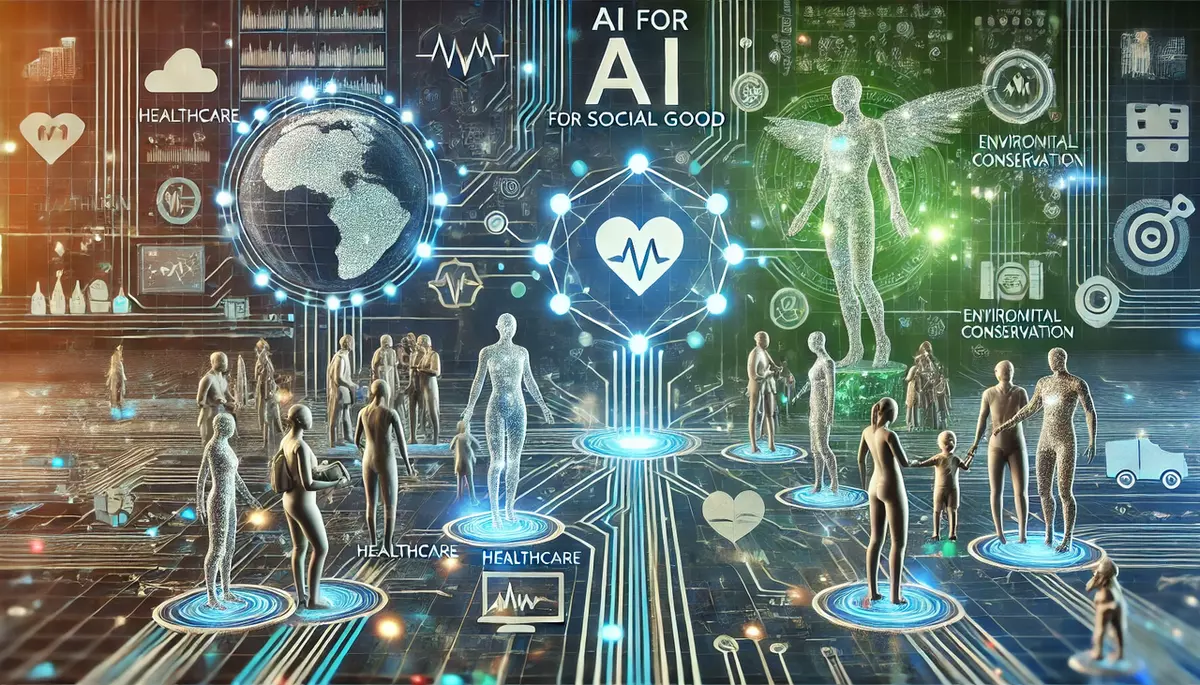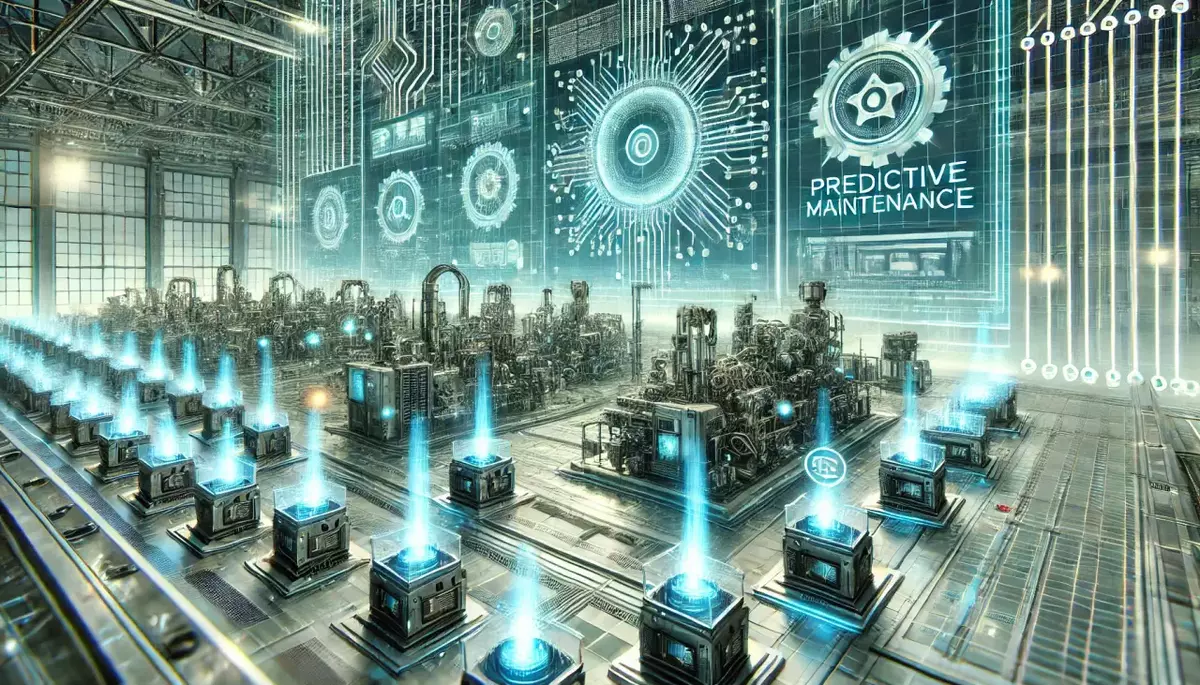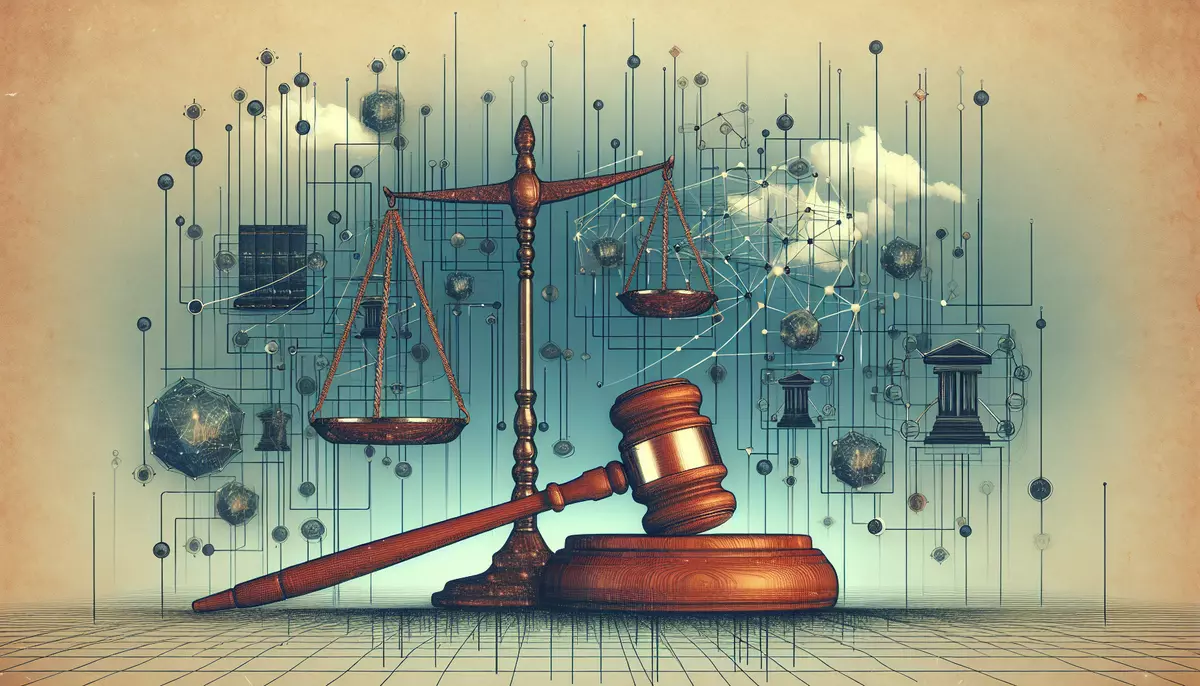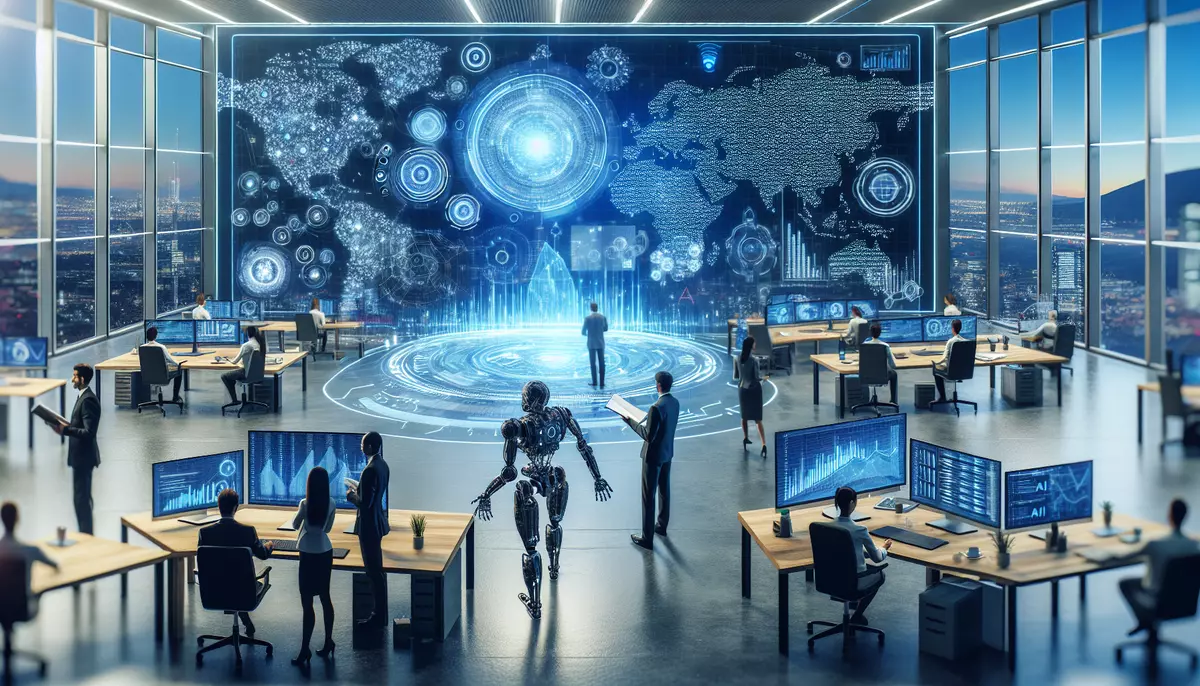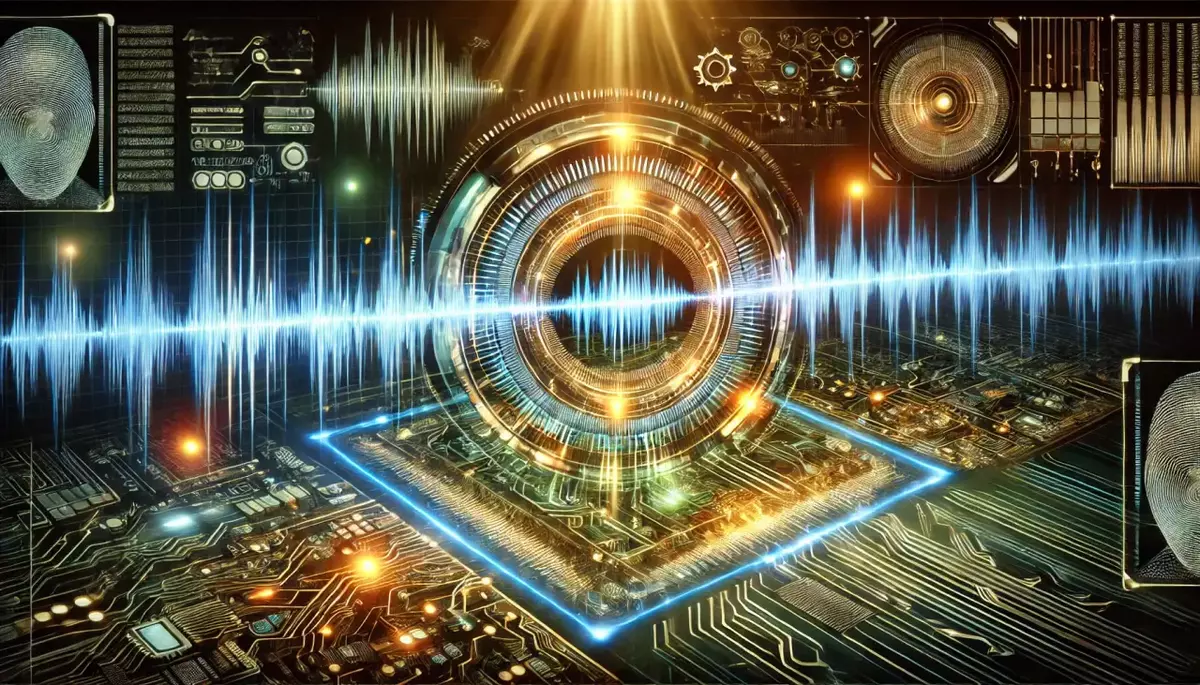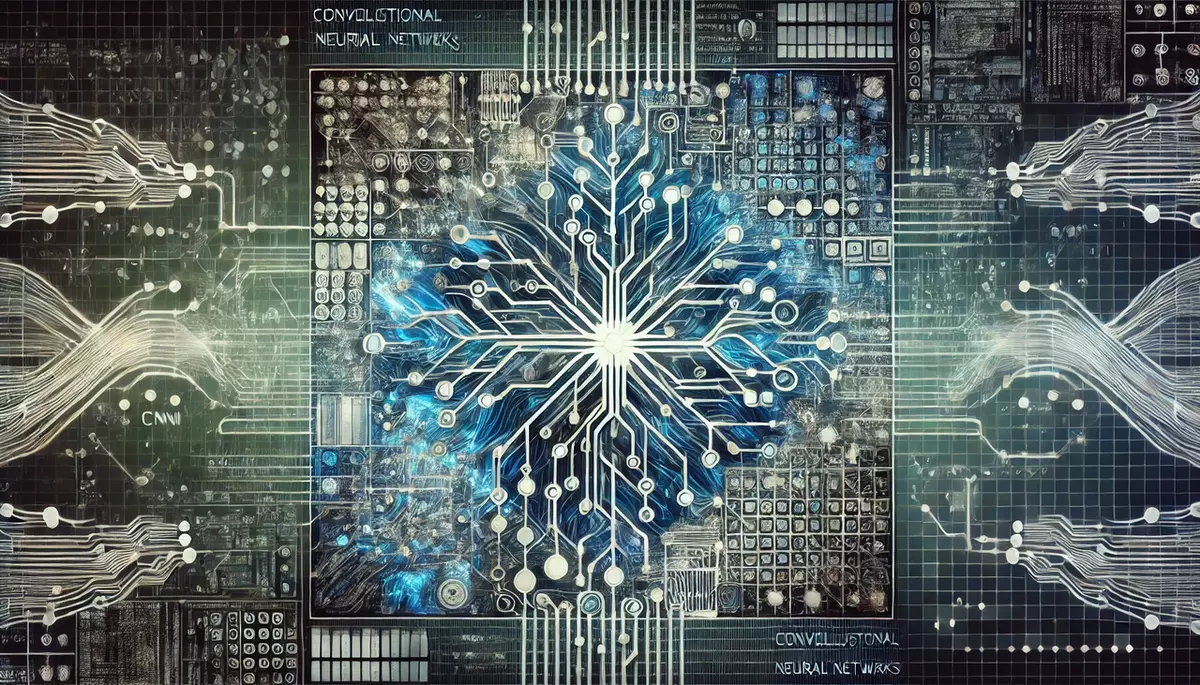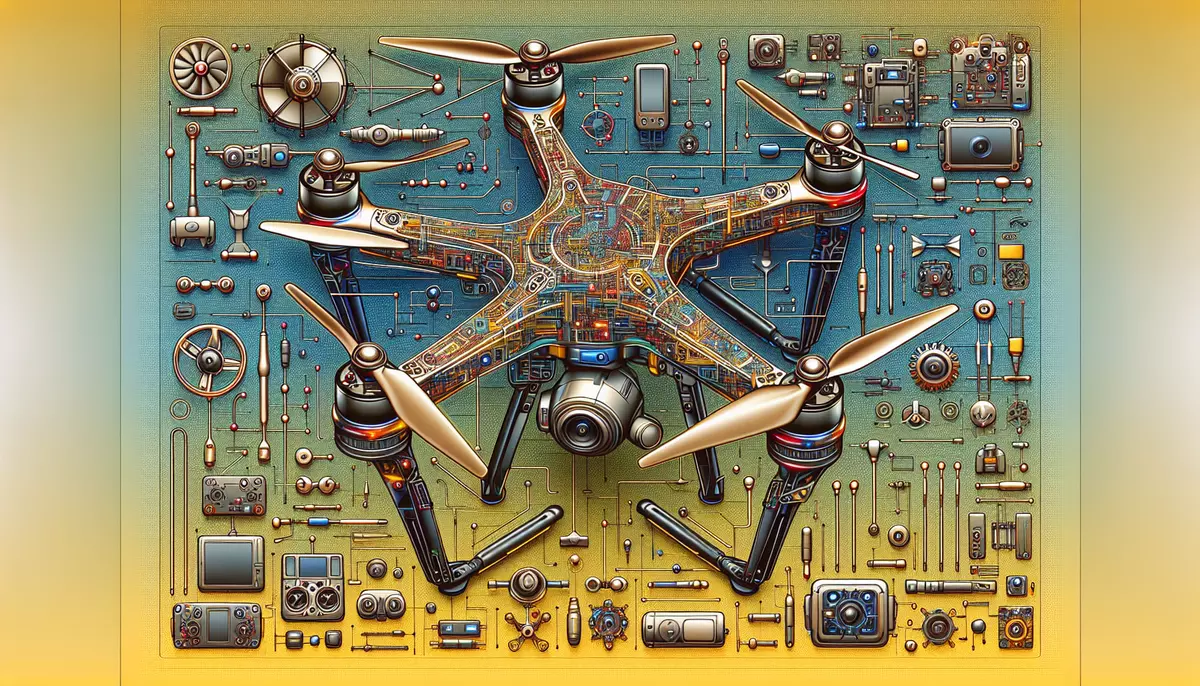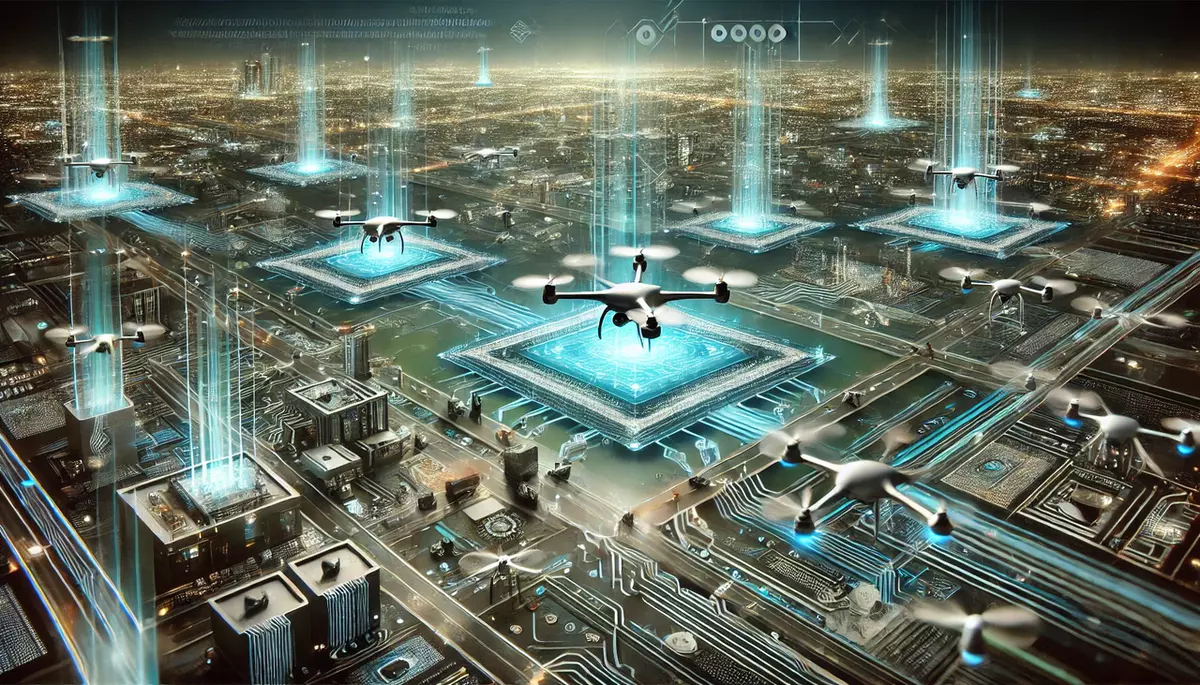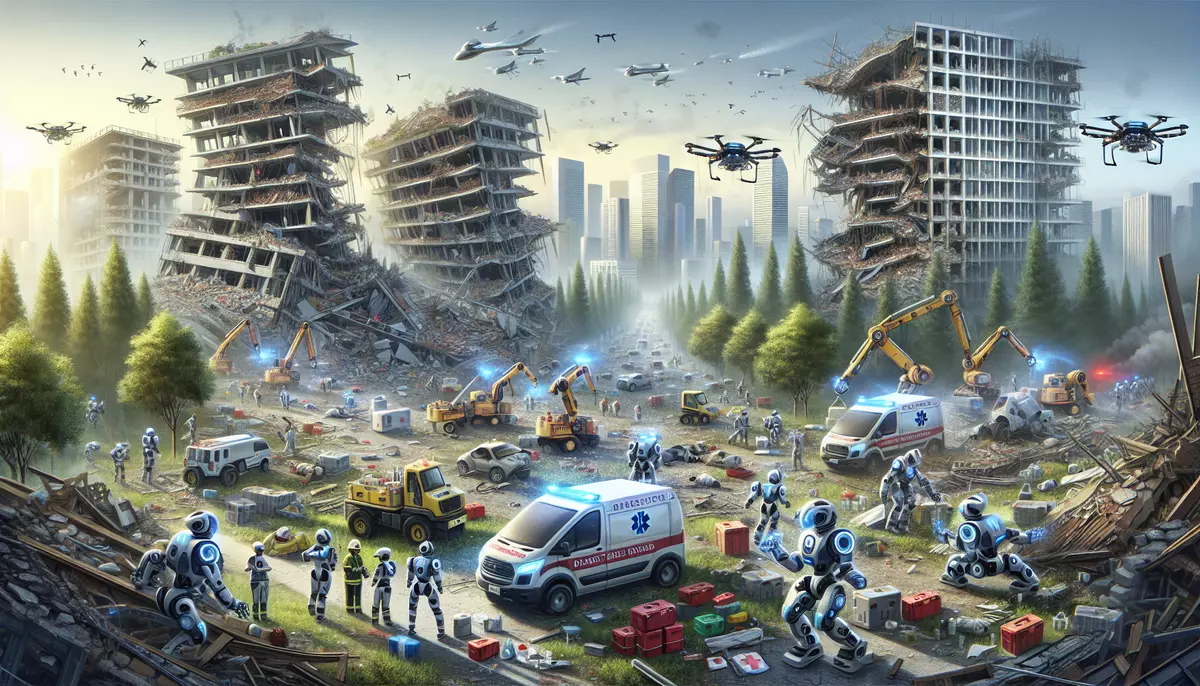Introduction
Robotics is the interdisciplinary field of science and engineering that involves the design, construction, operation, and application of robots. It encompasses a wide range of technologies, from mechanical engineering and computer science to artificial intelligence and control systems.
What is Robotics?
Robotics is the study, design, and application of robots, which are programmable machines capable of carrying out a series of actions automatically. Robots are often used to perform tasks that are difficult, dangerous, or repetitive for humans to do.
Key Components of Robotics:
- Mechanical Design: The physical structure and movement of the robot, including its body, limbs, and joints.
- Sensors: Devices that gather information about the robot’s environment and its own internal state.
- Control Systems: The software and hardware that process sensor data and control the robot’s movements and actions.
- Power Supply: The source of energy that powers the robot, such as batteries or electric motors.
History of Robotics
The concept of robots has existed for centuries, with early examples of mechanical automata dating back to ancient Greece and China. However, the modern field of robotics began to take shape in the 20th century, with the development of industrial robots and the rise of computer technology.
Key Milestones in Robotics:
- 1920s: The term “robot” is coined by the Czech playwright Karel Čapek in his science fiction play “R.U.R.”
- 1950s: The first industrial robots, such as the Unimate, are developed and used in manufacturing.
- 1970s: The advent of microprocessors and computer-controlled robots leads to the widespread adoption of robotics in industry.
- 1990s: The development of advanced sensors, control systems, and artificial intelligence enables the creation of more sophisticated and autonomous robots.
- 2000s: Robotics expands into new domains, such as healthcare, transportation, and personal assistance, with the rise of service robots and humanoid robots.
Applications of Robotics
Robotics has a wide range of applications across various industries and sectors:
Industrial Robotics:
- Manufacturing: Robots are used for tasks such as assembly, welding, painting, and material handling.
- Logistics: Robots are used in warehouses and distribution centers for tasks like picking, packing, and transportation.
Service Robotics:
- Healthcare: Robots are used for surgery, rehabilitation, and assistive care.
- Exploration: Robots are used for tasks like space exploration, deep-sea research, and hazardous environment exploration.
- Personal Assistance: Robots are used for tasks like cleaning, home automation, and personal assistance.
Emerging Applications:
- Autonomous Vehicles: Self-driving cars, drones, and other autonomous vehicles rely on robotics technologies.
- Humanoid Robots: Robots designed to mimic human form and behavior, with applications in entertainment, education, and social interaction.
- Swarm Robotics: The coordination of large numbers of simple robots to perform complex tasks, inspired by the behavior of social insects.
Challenges and Advancements in Robotics
While robotics has made significant progress, there are still numerous challenges and areas for further development:
Challenges:
- Dexterity and Manipulation: Developing robots with the fine motor skills and dexterity to perform complex tasks.
- Autonomy and Decision-Making: Enabling robots to make intelligent decisions and adapt to dynamic environments.
- Human-Robot Interaction: Improving the ways in which robots and humans can interact and collaborate effectively.
- Safety and Ethics: Ensuring the safe and ethical deployment of robots, particularly in sensitive domains like healthcare and transportation.
Advancements:
- Artificial Intelligence: The integration of advanced AI algorithms, such as machine learning and deep learning, to enhance robot perception, decision-making, and learning.
- Soft Robotics: The development of flexible, compliant robots that can safely interact with humans and navigate unstructured environments.
- Swarm Robotics: The coordination of large numbers of simple robots to perform complex tasks, inspired by the behavior of social insects.
- Biorobotics: The integration of biological principles and materials into the design and function of robots, such as using muscle-like actuators or biomimetic sensors.
Conclusion
Robotics is a rapidly evolving field that continues to transform industries, expand human capabilities, and push the boundaries of what is possible. As robotics technologies become more advanced, they will play an increasingly important role in shaping the future of our world, from manufacturing and healthcare to exploration and personal assistance. Understanding the key concepts, applications, and advancements in robotics is crucial for anyone interested in this dynamic and innovative field.
This knowledge base article is provided by Fabled Sky Research, a company dedicated to exploring and disseminating information on cutting-edge technologies. For more information, please visit our website at https://fabledsky.com/.
References
- Siciliano, Bruno, and Oussama Khatib, eds. Springer Handbook of Robotics. Springer, 2016.
- Nof, Shimon Y., ed. Springer Handbook of Automation. Springer, 2009.
- Spong, Mark W., Seth Hutchinson, and Mathukumalli Vidyasagar. Robot Modeling and Control. Vol. 3. Wiley, 2006.
- Bekey, George A. Autonomous Robots: From Biological Inspiration to Implementation and Control. MIT Press, 2005.
- Scassellati, Brian, Hiroshi Ishiguro, and Maja J. Matarić. “Cognitive Robotics.” The Cambridge Handbook of Artificial Intelligence (2014): 897-924.

